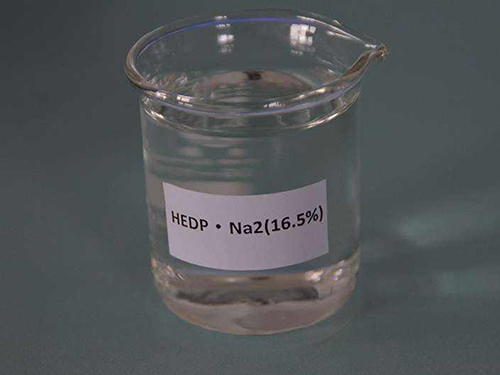Exploring the Applications and Benefits of Hydroxyphosphonoacetic Acid in Modern Science
Hydroxyphosphonoacetic Acid Properties, Synthesis, and Applications
Hydroxyphosphonoacetic acid, often abbreviated as HPA, is an intriguing compound that has garnered significant attention in various fields such as pharmaceuticals, agriculture, and materials science. Its unique chemical structure and properties make it a vital player in several chemical processes and applications. This article will delve into the properties, synthesis, and potential applications of hydroxyphosphonoacetic acid, highlighting its significance in modern science and technology.
Chemical Properties
Hydroxyphosphonoacetic acid is a phosphonic acid derivative, characterized by the presence of both hydroxyl (-OH) and phosphono (-PO3H2) groups. The chemical formula of HPA is C2H7O5P, indicating that it consists of carbon, hydrogen, oxygen, and phosphorus atoms. The presence of the hydroxyl group lends this compound its acidic properties, while the phosphonate structure is significant for its reactivity and binding capabilities.
One of the notable features of HPA is its ability to form stable chelate complexes with various metal ions, such as calcium, magnesium, and iron. This property is crucial for its function as a potential chelating agent in numerous applications. Additionally, the compound exhibits solubility in water, which is advantageous for both laboratory and industrial use, allowing for easy integration into various formulations.
Synthesis
The synthesis of hydroxyphosphonoacetic acid can be achieved through several methods, with one common approach involving the phosphorylation of acetic acid. This process typically requires the use of phosphorus oxychloride (POCl3) or phosphoric acid as a phosphorylating agent, alongside controlled hydrolysis conditions to ensure the proper formation of the desired product.
hydroxyphosphonoacetic acid

Alternatively, HPA can be synthesized through the reaction of acetic anhydride with phosphorus trichloride, followed by hydrolysis to yield the final product. The choice of method often depends on the desired purity and yield of the hydroxyphosphonoacetic acid, as well as the specific application it will be used for. Continuous research into more efficient and environmentally friendly synthesis pathways is ongoing, underlining the compound's relevance in modern chemistry.
Applications
Hydroxyphosphonoacetic acid exhibits a multitude of applications across various fields. In agriculture, it is utilized as a potent chelating agent for micronutrients, helping to improve the bioavailability of essential minerals for plant growth. By forming stable complexes with metal ions, HPA enhances the uptake of these nutrients in crops, ultimately contributing to increased agricultural yield and healthier plants.
In the pharmaceutical industry, hydroxyphosphonoacetic acid holds promise as a therapeutic agent, particularly due to its ability to inhibit certain enzymes and pathways associated with disease mechanisms. Research is underway to explore its potential in treatments for conditions such as osteoporosis and cardiovascular diseases, where the modulation of mineral metabolism could prove beneficial.
Furthermore, HPA is being investigated for its use in the development of advanced materials, such as coatings and polymers. Its unique chemical structure allows for modifications that can enhance the performance characteristics of materials, including their durability and resistance to environmental factors.
Conclusion
In summary, hydroxyphosphonoacetic acid is a versatile compound with remarkable properties that make it valuable across multiple industries. From its ability to enhance nutrient availability in agriculture to potential therapeutic applications in medicine and innovations in materials science, HPA stands as an important subject of study and application. As research continues to uncover new uses and more efficient synthesis methods, the significance of hydroxyphosphonoacetic acid will only continue to grow in relevance, paving the way for novel advancements that harness its unique properties. Understanding and leveraging this compound can lead to substantial benefits in health, agriculture, and industry, underscoring the importance of ongoing research in this promising area of chemistry.
-
lk-319-special-scale-and-corrosion-inhibitor-for-steel-plants-advanced-solutions-for-industrial-water-systemsNewsAug.22,2025
-
flocculant-water-treatment-essential-chemical-solutions-for-purification-processesNewsAug.22,2025
-
isothiazolinones-versatile-microbial-control-agents-for-industrial-and-consumer-applicationsNewsAug.22,2025
-
scale-inhibitor-key-solutions-for-water-system-scale-preventionNewsAug.22,2025
-
organophosphonates-versatile-scale-inhibitors-for-industrial-water-systemsNewsAug.22,2025
-
scale-and-corrosion-inhibitor-essential-chemical-solutions-for-water-system-maintenanceNewsAug.22,2025





